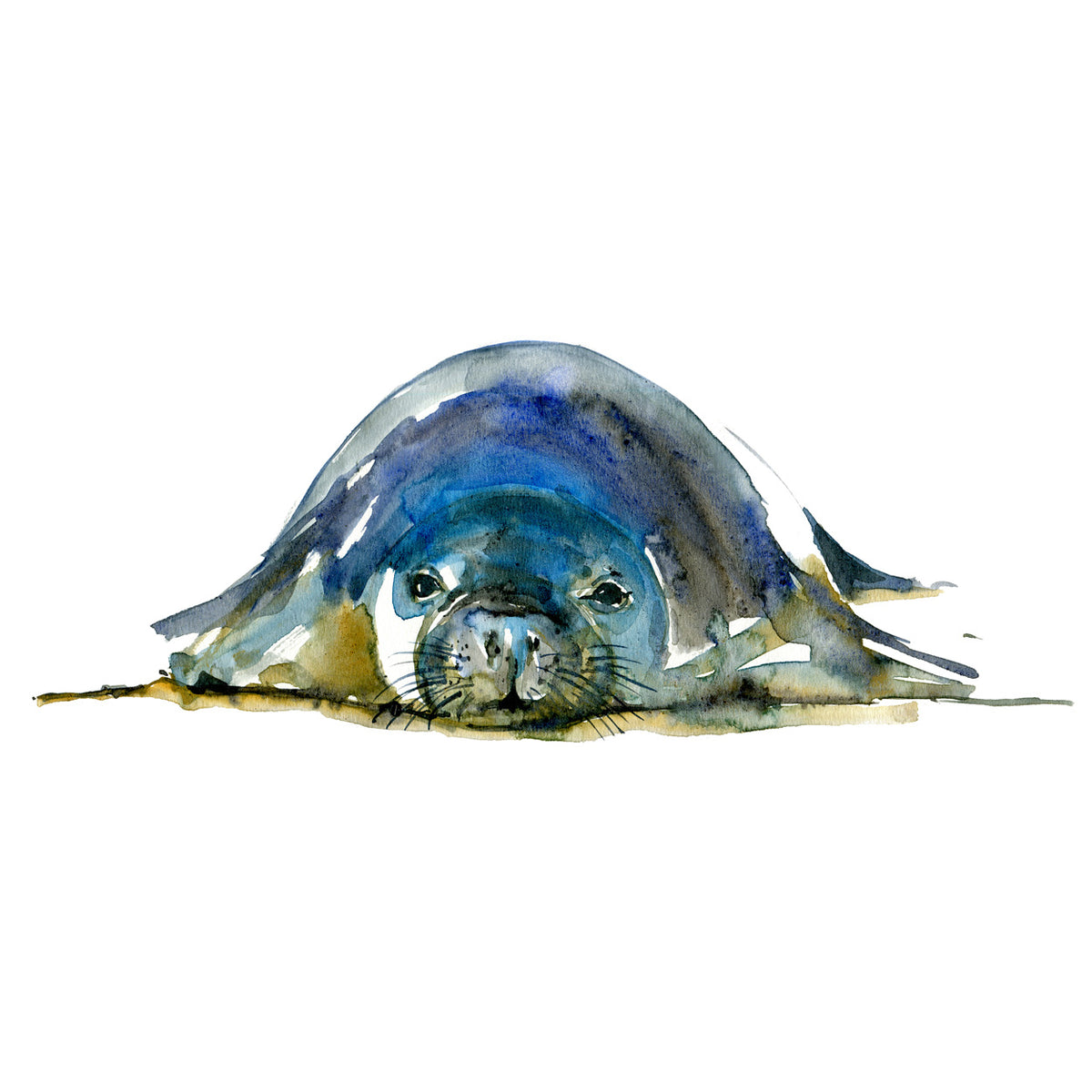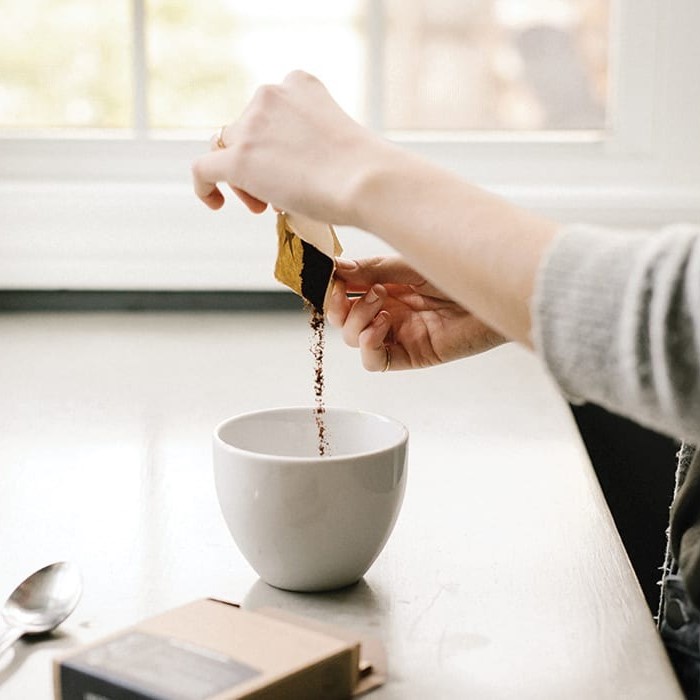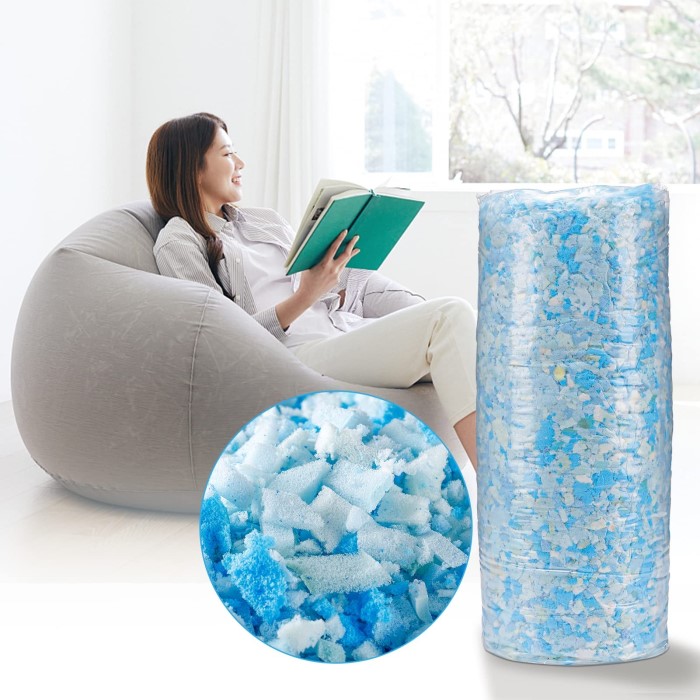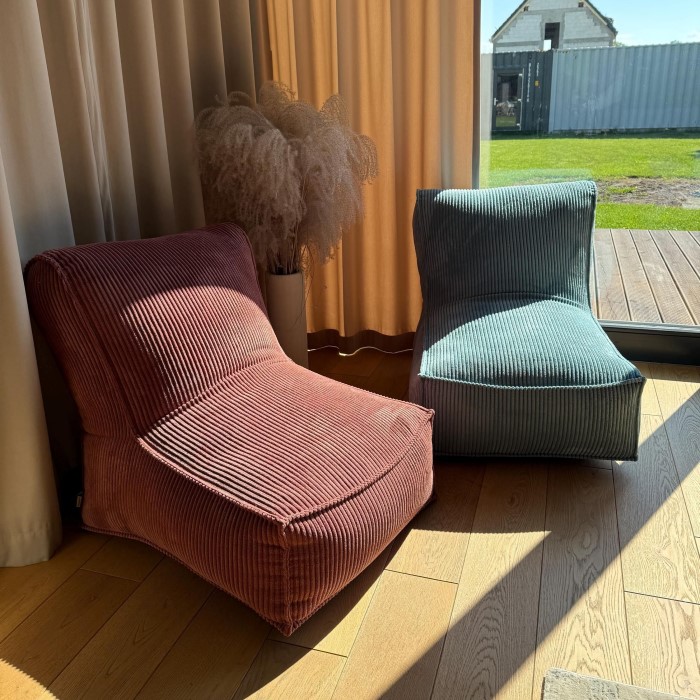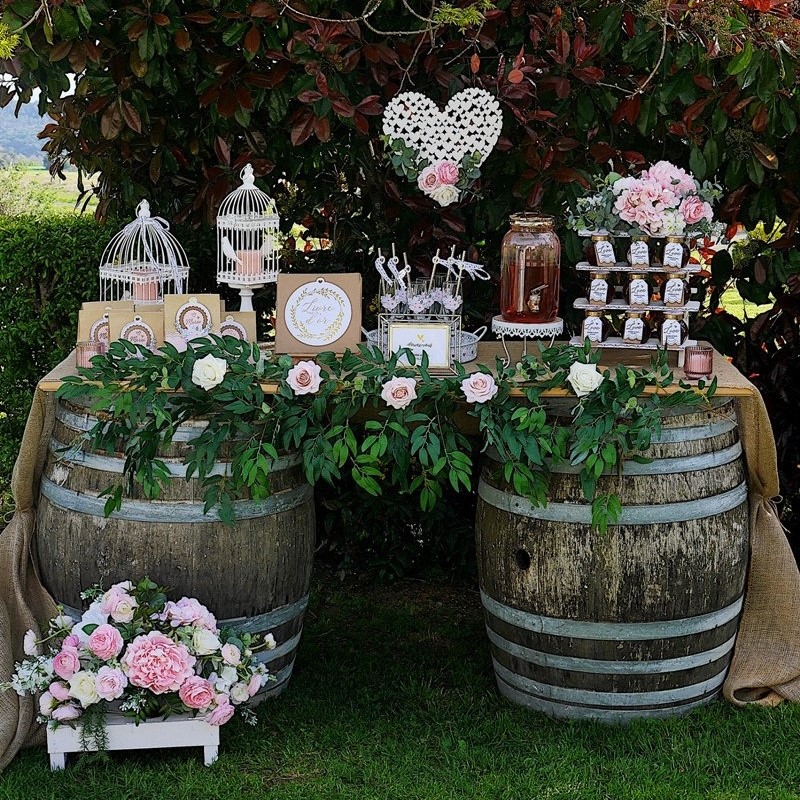I. Introduction: The Importance of Proper Sealing in Watercolor Conservation
Watercolor paintings, with their delicate washes and ethereal beauty, are among the most captivating forms of visual art. However, their very nature makes them susceptible to environmental factors, such as humidity, light exposure, and airborne pollutants, which can lead to fading, discoloration, or even physical damage over time. To ensure these masterpieces withstand the test of time and remain vibrant for future generations, it is crucial to employ proper sealing techniques. This article delves into the essential steps and considerations involved in effectively sealing a watercolor painting, preserving its unique qualities and safeguarding it against potential threats.
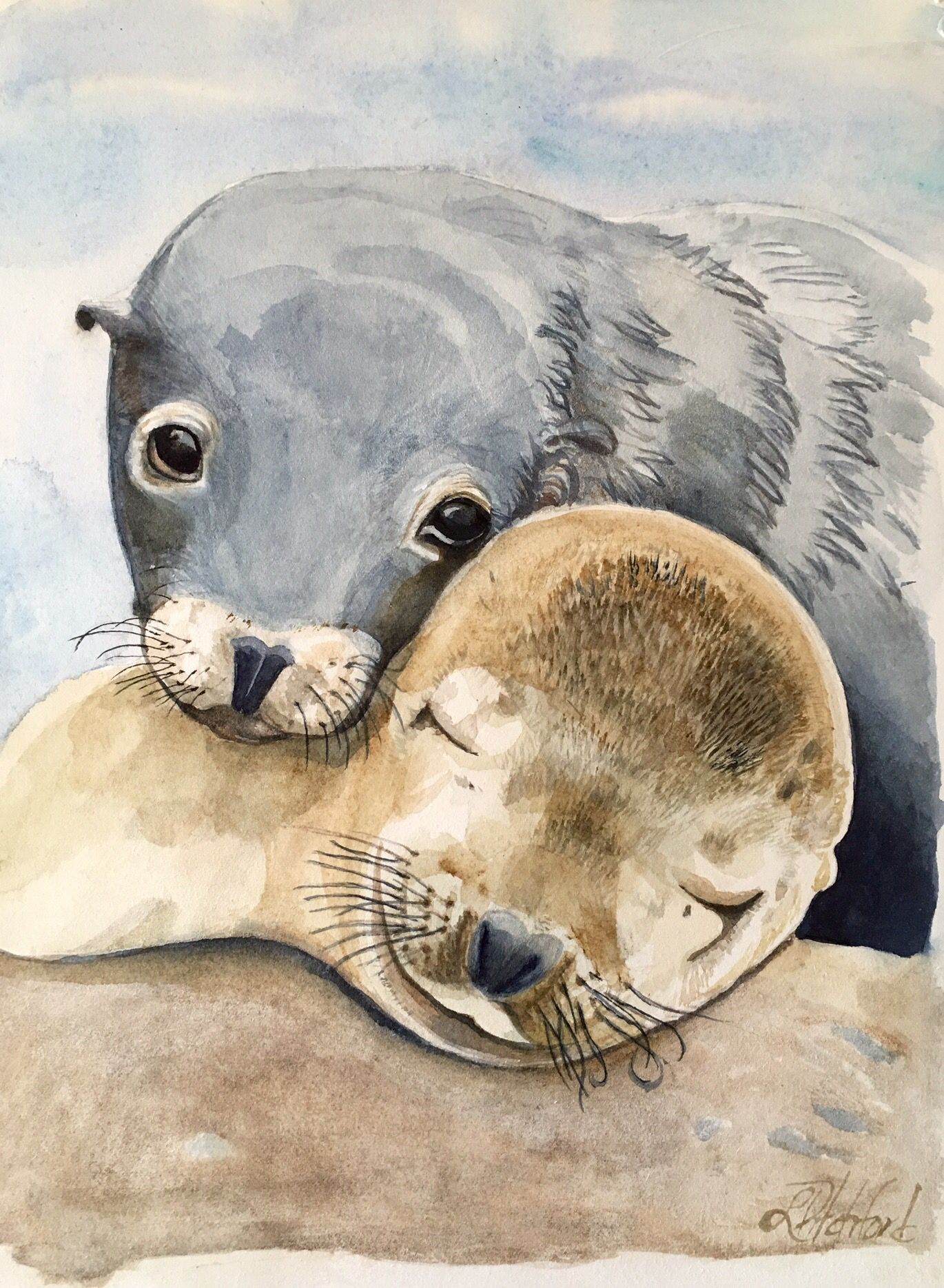
II. Understanding the Materials: Watercolor Paints, Papers, and Their Interaction with Sealants
A. Properties of Watercolor Paints and Papers
Before embarking on the sealing process, it is vital to comprehend the inherent characteristics of watercolor paints and papers. Watercolors consist of pigments suspended in a water-soluble binder, often gum arabic, which allows for the creation of translucent layers and subtle color transitions. Watercolor papers, on the other hand, are specifically designed to absorb and retain moisture without buckling or tearing. They typically feature a combination of cotton, cellulose, or other natural fibers, providing a slightly textured surface that enhances the paint’s interaction with the paper.
B. Compatibility of Sealants with Watercolor Materials
The choice of sealant is critical, as it must be compatible with both the watercolor paints and the paper substrate. A suitable sealant should not chemically react with the pigments or binder, causing color shifts or deterioration. Moreover, it should not compromise the paper’s structural integrity or alter its texture, potentially affecting the painting’s aesthetic appeal. Commonly used sealants include spray varnishes, brush-on varnishes, and acrylic polymer emulsions, each with their own advantages and considerations.
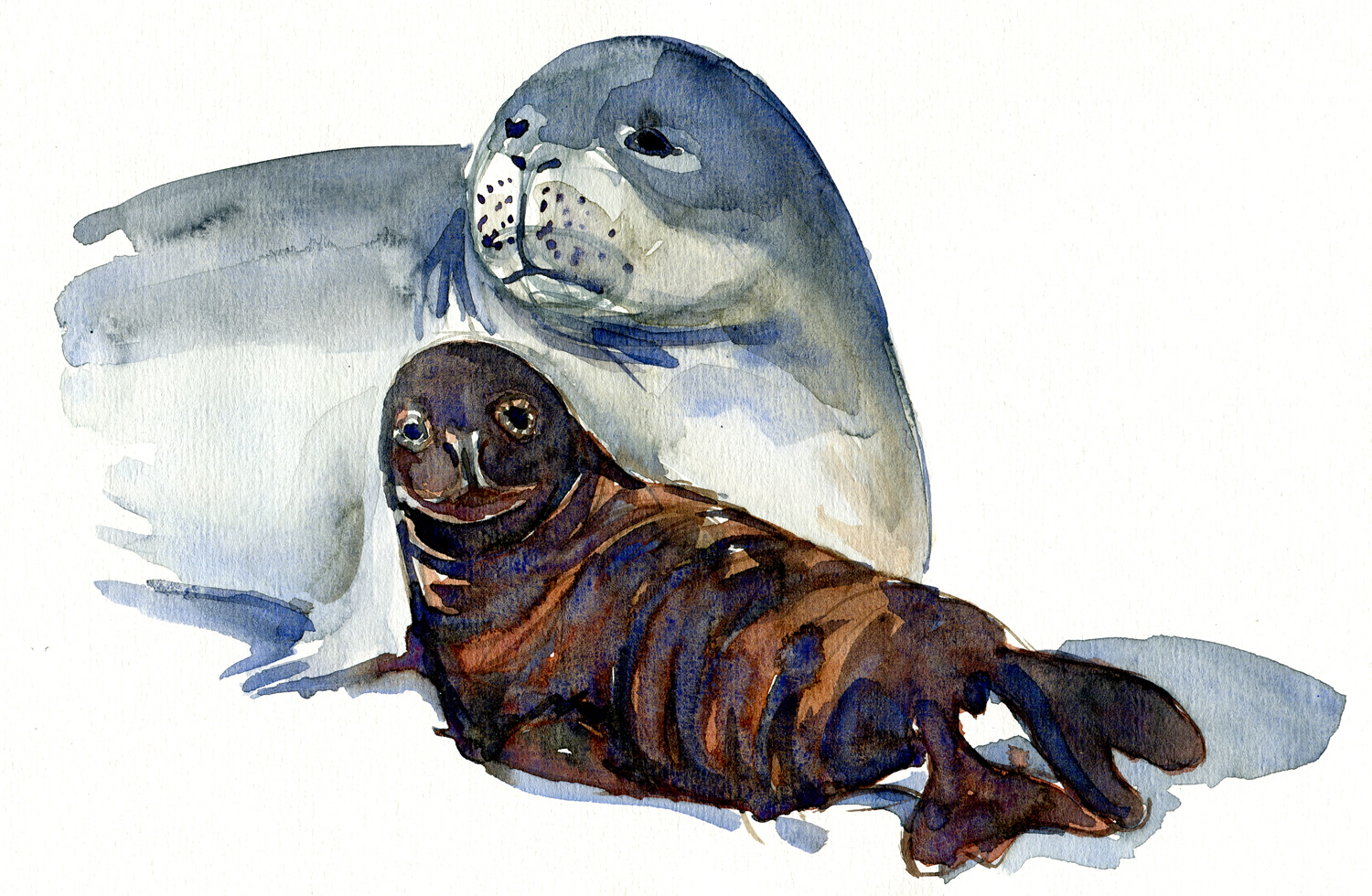
III. Preparing the Watercolor Painting for Sealing
A. Ensuring Adequate Drying Time
One of the primary prerequisites for sealing a watercolor painting is allowing it to dry thoroughly. Watercolors can take several days, or even weeks, to reach a state of complete dryness, depending on factors such as the thickness of paint application, ambient humidity, and the absorbency of the paper. Rushing this process may result in trapped moisture beneath the sealant, leading to mold growth, warping, or even paint lifting.
B. Cleaning and Dust Removal
Prior to sealing, the painting should be carefully cleaned to remove any dust, smudges, or debris that might interfere with the adhesion of the sealant or mar the final appearance. This can be done using a soft-bristled brush or a microfiber cloth, gently wiping the surface in a circular motion. For stubborn spots or fingerprints, a mild detergent solution or specialized art-cleaning products can be employed, followed by thorough rinsing and drying.
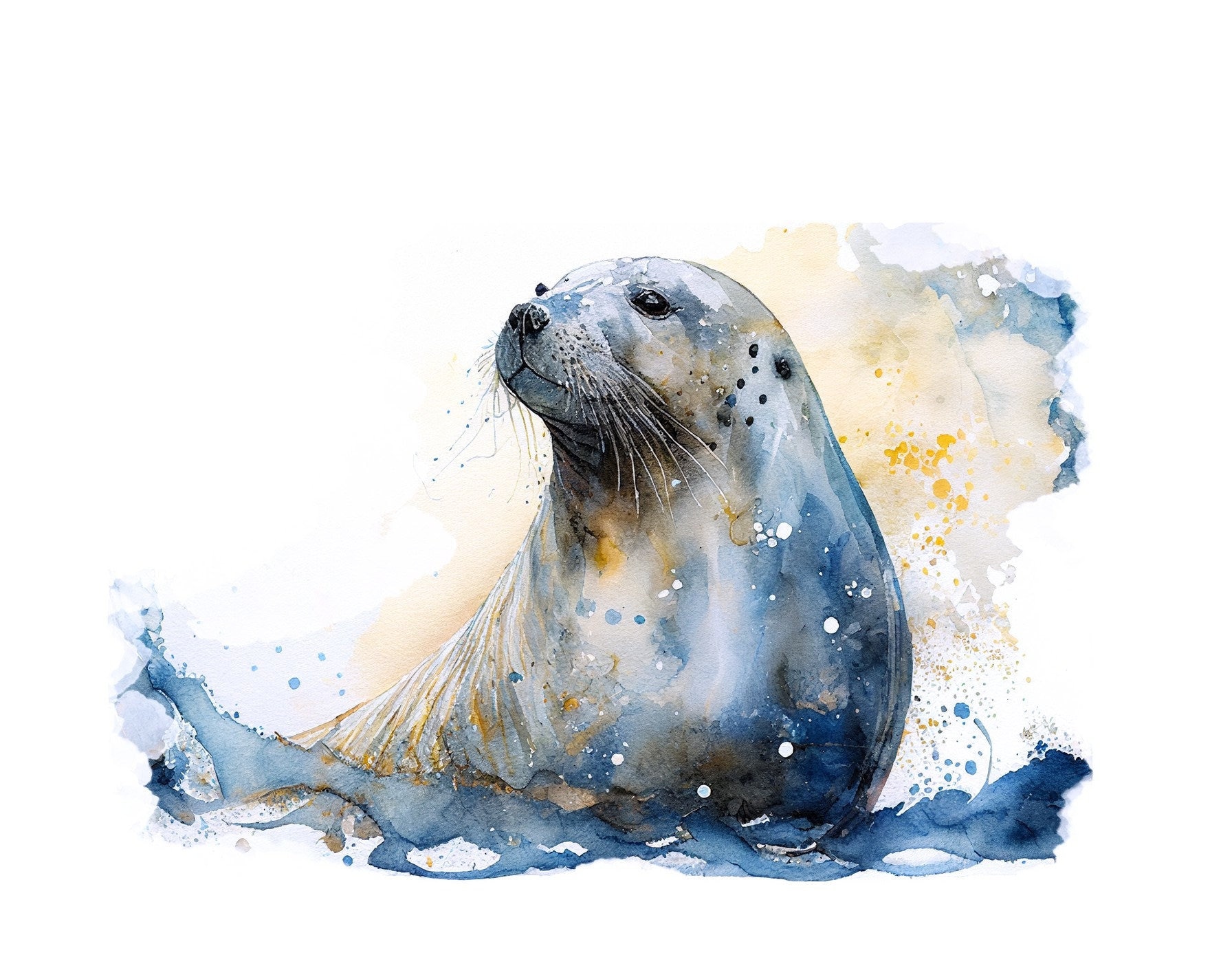
IV. Applying the Sealant: Techniques and Considerations
A. Choosing the Right Sealant
Selecting the appropriate sealant depends on factors such as the desired level of protection, the painting’s intended display or storage conditions, and personal preferences regarding finish (glossy, matte, or satin). Spray varnishes offer quick and even application, while brush-on varnishes provide more control and can be applied in multiple thin coats for enhanced protection. Acrylic polymer emulsions, when applied as a thin, even layer, can create a nearly invisible barrier without altering the painting’s appearance.
B. Application Techniques
When applying the sealant, it is crucial to work in a well-ventilated area and follow the manufacturer’s instructions carefully. For spray varnishes, maintain a consistent distance between the nozzle and the painting, applying multiple light coats rather than a single heavy one to avoid drips or oversaturation. With brush-on varnishes, use a wide, flat brush and long, sweeping strokes, ensuring even coverage without excess buildup at the edges or corners. Allow each coat to dry completely before applying additional layers or handling the painting.
C. Monitoring for Adverse Reactions
Throughout the sealing process, closely monitor the painting for any signs of adverse reactions, such as color changes, cloudiness, or bubbling. If any issues arise, stop the application immediately and consult with a conservation professional to determine the best course of action.

V. Post-Sealing Care and Maintenance
A. Proper Storage and Display
Even with a protective sealant, watercolor paintings should be store and displayed under optimal conditions to minimize environmental stressors. Ideally, they should be kept in a cool, dry place with stable temperature and humidity levels, away from direct sunlight and sources of pollution. When framing, use acid-free materials and UV-filtering glass or acrylic to further protect the painting from light damage and acidic degradation.
B. Regular Inspection and Cleaning
Periodic inspections can help identify early signs of deterioration, such as yellowing of the varnish or loosening of the sealant, allowing for timely intervention. Gentle cleaning with a soft brush or microfiber cloth can remove accumulated dust without disturbing the sealed surface. In case of more significant soiling or damage, consult a professional conservator for appropriate treatment.
VI. Additional Considerations and Advanced Techniques for Special Cases
A. Archival-quality Materials and Longevity For watercolor paintings intended for long-term preservation or those of significant historical or sentimental value, it is essential to prioritize the use of archival-quality materials throughout the sealing process. This includes selecting acid-free and lignin-free mats, backing boards, and framing materials, as well as opting for conservation-grade adhesives and sealants that have been tested for stability and minimal chemical interaction with the artwork.
B. Solubility Testing and Compatibility Assessments In cases where the artist’s materials or the age of the painting are unknown, solubility testing and compatibility assessments can provide valuable insights into the most suitable sealing approach. These tests involve applying small amounts of various sealants to inconspicuous areas of the painting and observing any changes over time. Consulting with a conservation professional for guidance and assistance in conducting these assessments can help ensure the chosen sealant will not cause unintended damage or alterations to the artwork.

VII. Conclusion: The Art of Preserving Watercolor Masterpieces
Sealing a watercolor painting is a delicate yet vital step in the preservation of these exquisite works of art. By understanding the properties of watercolor materials, selecting compatible and appropriate sealants, and employing careful application techniques, artists and collectors can significantly extend the life of their watercolor masterpieces. Coupled with proper storage, display, and maintenance practices, sealing serves as an invaluable tool in safeguarding the beauty and integrity of these fragile yet enchanting creations for generations to come.





